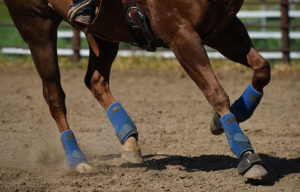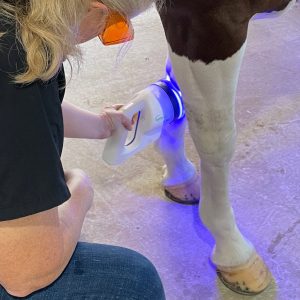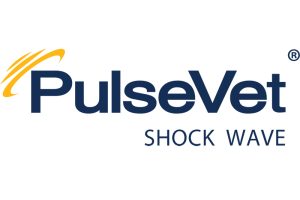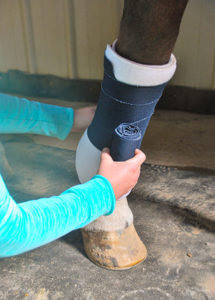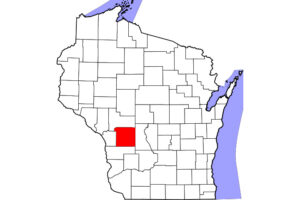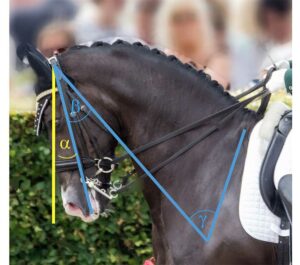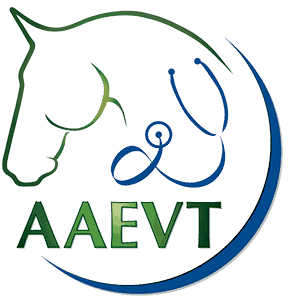Equine Neurologic Exams: Be Thorough and Consistent
Whether a lameness exam is to pinpoint the cause of an unsoundness or to be sure a sale horse checks out, it needs to include a thorough hands-on neurologic exam.
At the 2015 American Association of Equine Practitioners Convention, held Dec. 5-9 in Las Vegas, Monica Aleman, MVZ Cert, PhD, Dipl. ACVIM, an associate professor at the University of California, Davis, School of Veterinary Medicine who has a special interest in neuromuscular disorders, described steps involved in a such an exam, stressing that following a consistent order helps the veterinarian avoid missing abnormalities. Neurologic cases aren’t always part of a veterinarian’s day-to-day practice, so a good review of neurologic principles is often helpful to the practitioner.
Neurologic Evaluation
No matter the reason for the evaluation, sound or unsound, the veterinarian should begin by gathering the horse’s signalment (breed, gender, and age), intended use, and medical history. If the horse is displaying neurologic signs, determine whether other horses on the farm are affected similarly.
“The exam must be tailored to the individual relative to the horse’s cooperation and training,” said Aleman. “Safety is essential when dealing with a horse with a neurologic condition
Create a free account with TheHorse.com to view this content.
TheHorse.com is home to thousands of free articles about horse health care. In order to access some of our exclusive free content, you must be signed into TheHorse.com.
Start your free account today!
Already have an account?
and continue reading.

Written by:
Nancy S. Loving, DVM
Related Articles
Stay on top of the most recent Horse Health news with




